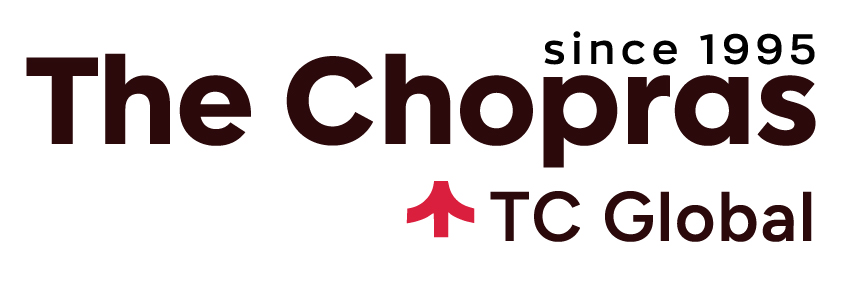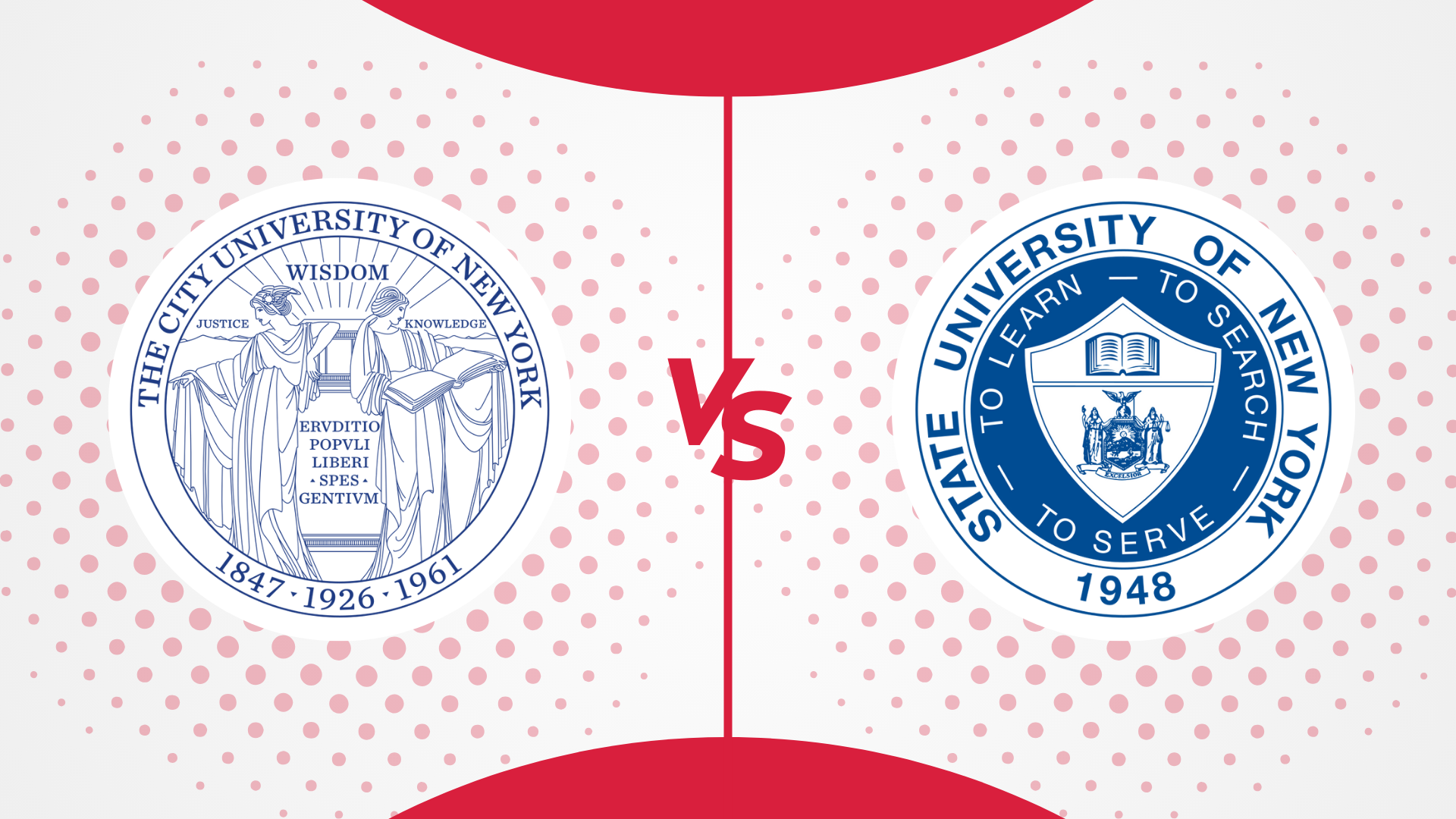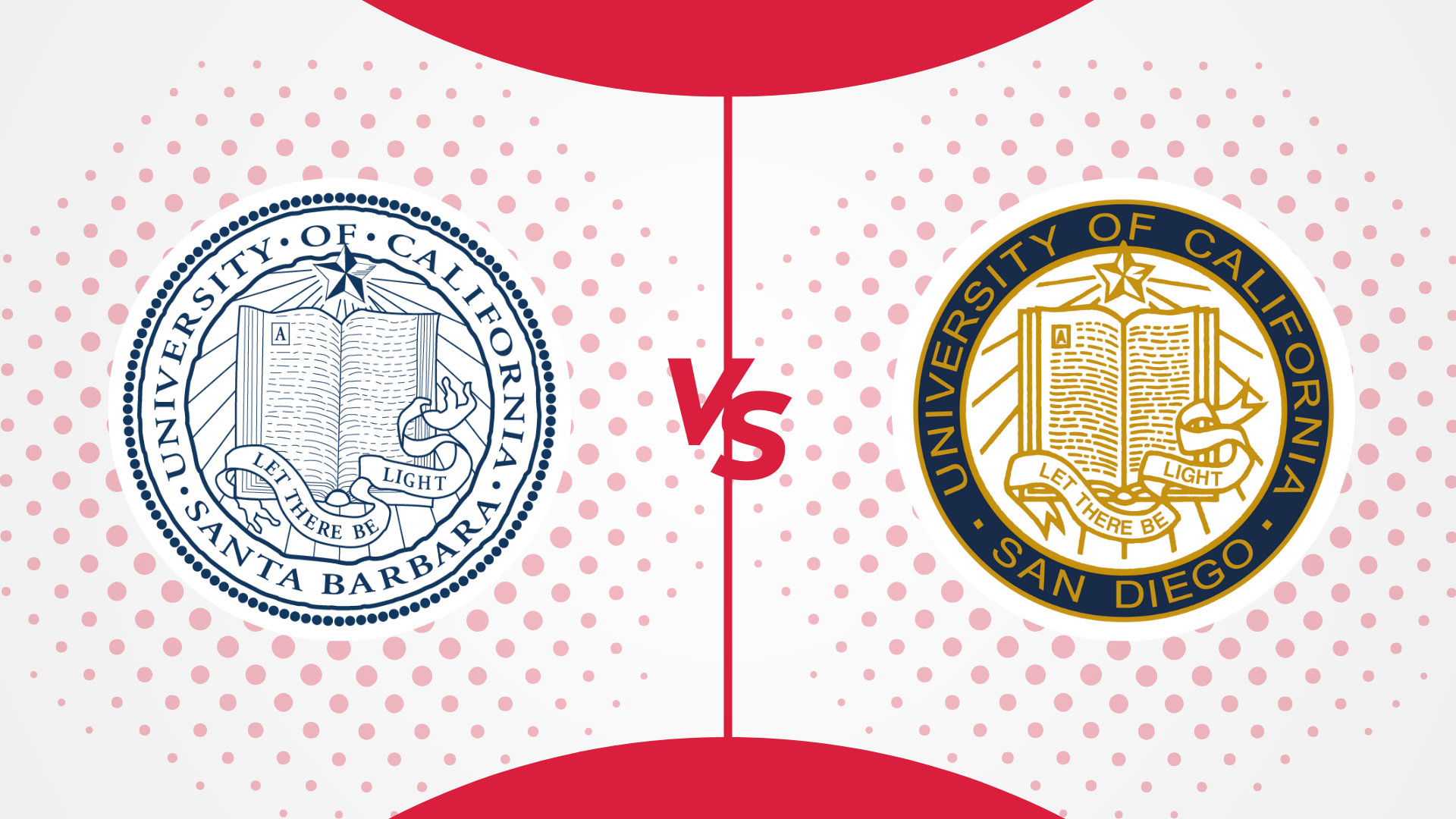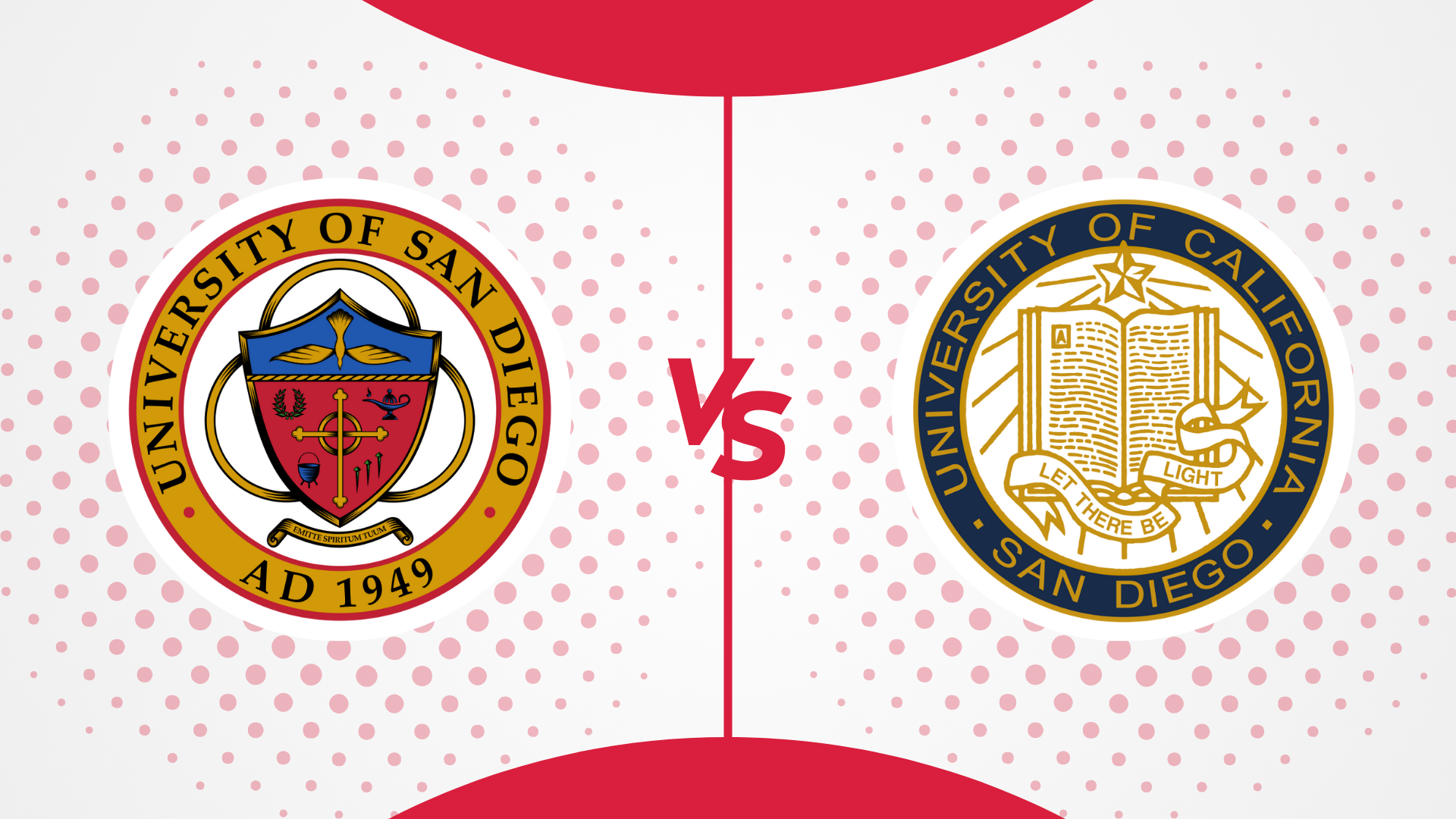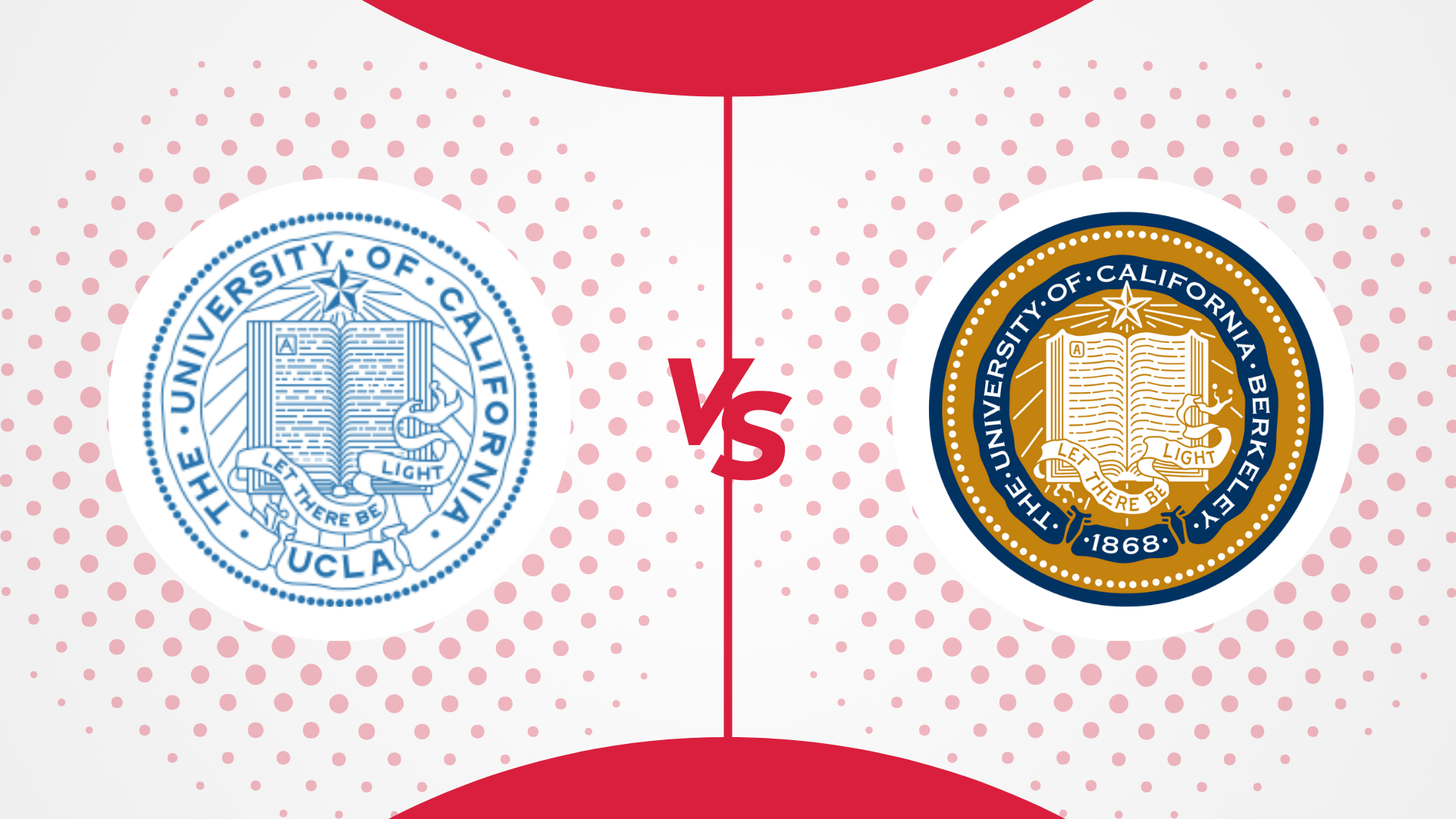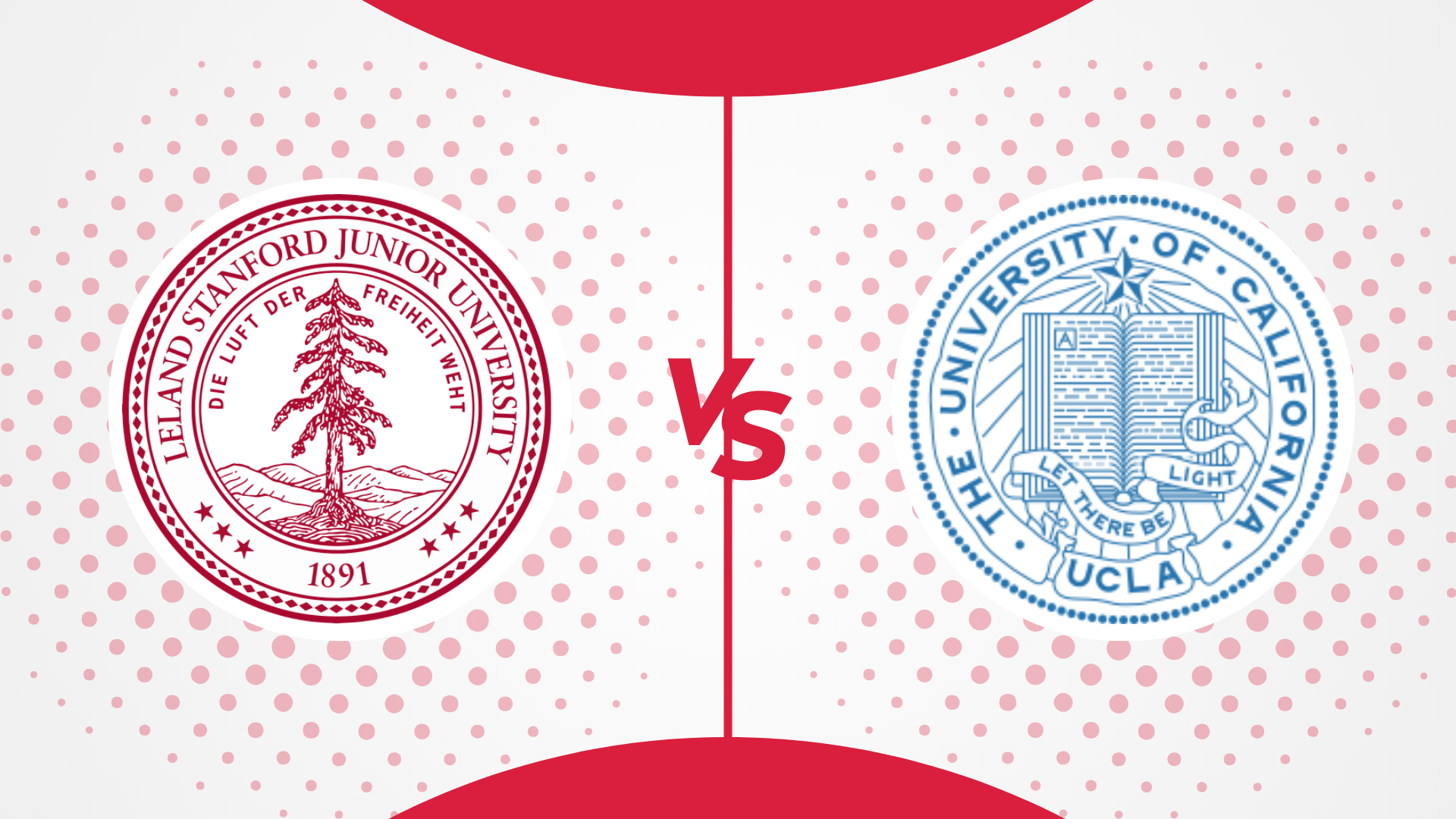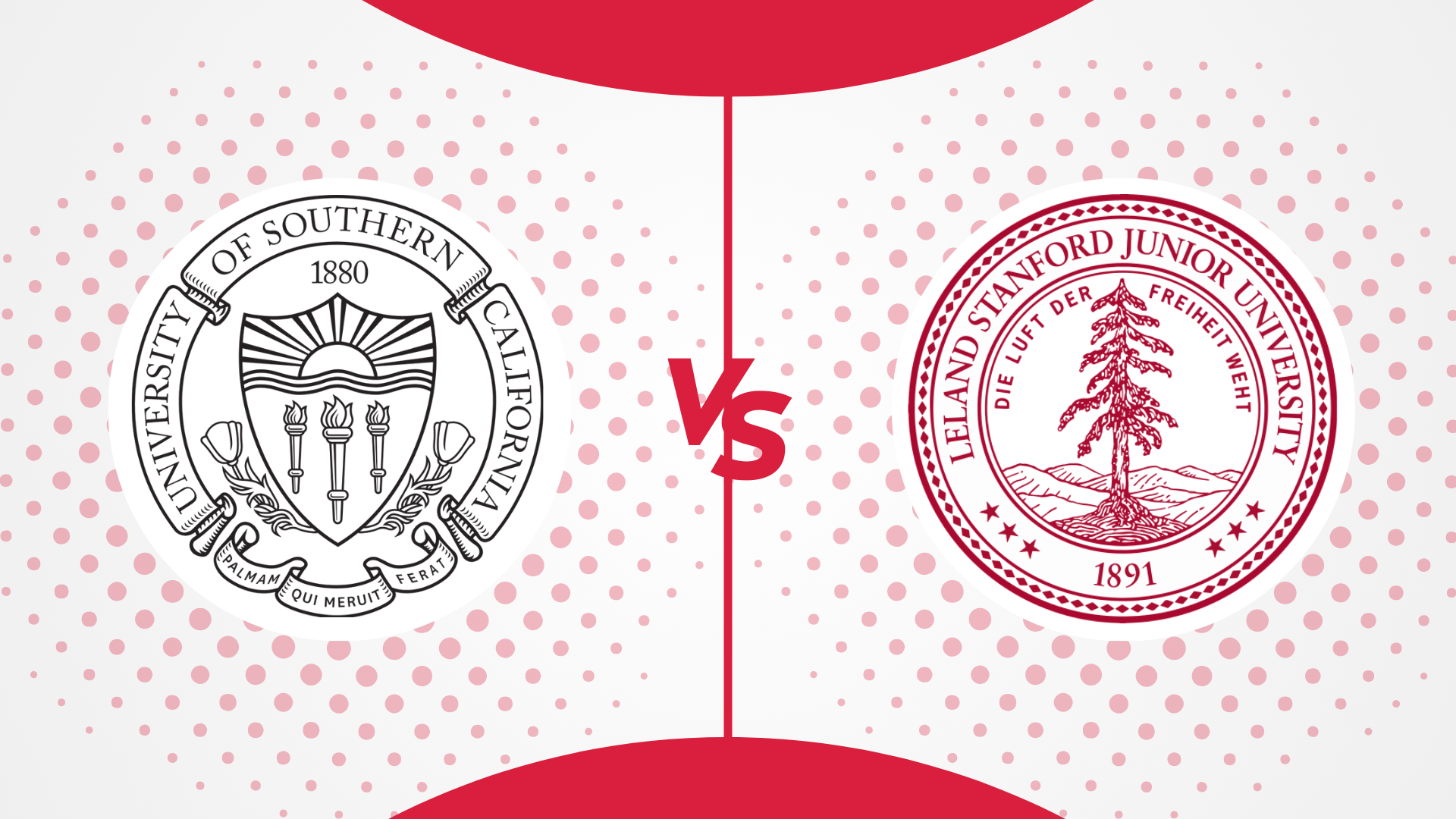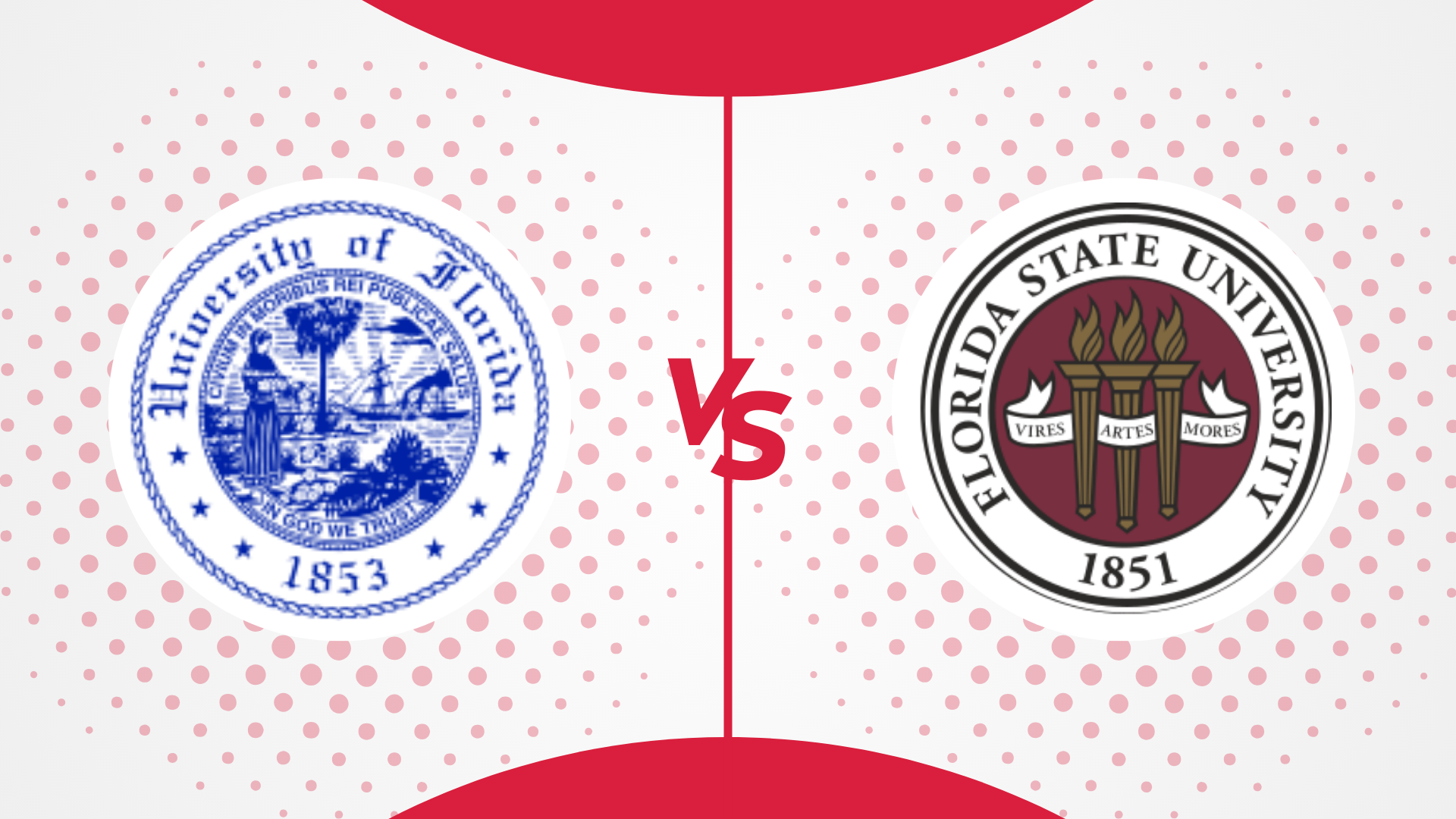Making a decision between universities like King’s College London vs Imperial College London can be difficult. As a student, how do you make this difficult decision when both universities are comparable in academic rigour, global reputation, research opportunities, and location? As students choose between universities, they should consider varied aspects based on their requirements and future career goals.
This article provides students choosing between ICL and KCL with an in-depth analysis of both the UK universities. Both top universities will be compared against various parameters so you can decide on a school best suited for your needs.
Overview of King’s College London and Imperial College London

In comparison, there are many differences between the Imperial College and King’s College London. Established in 1829, King’s is one of the oldest public universities in England after Oxbridge, known for its legal, health, and social sciences programmes. KCL’s location in Central London also provides unparalleled cultural and professional opportunities. QS ranks King’s College London #40 out of 1401 globally and #7 out of 89 in the UK for 2025.
On the other hand, Imperial College London, unlike Oxbridge, is recognised for its emphasis on science, technology, engineering, and medicine (STEM). Located in South Kensington, Imperial attracts students with strong technical and scientific interests because it offers a more specialised, research-driven academic environment. The university holds a strong reputation for its cutting-edge research and innovation, strong industry connections, and more structured curriculum.
In short, King’s provides a broader, multidisciplinary academic experience, while Imperial delivers an intensive, focused STEM education.
Now, an in-depth look.
Brief History and Background
Imperial College London
The Imperial College of Science and Technology was founded in 1907 when the Royal College of Science, the Royal School of Mines, and the City and Guilds of London Institute merged. Imperial College Medical School joined the cohort of institutions in 1988, followed by the Business School in 2003.
Imperial College is more specialised than most UK universities. It has four faculties: engineering, medicine, natural sciences, and business, and it only offers world-class programmes in these disciplines. It is ranked second in the world (QS WUR) and fifth in the UK (Guardian League Table).
King’s College London
King’s College is a top university that is sought by students worldwide. KCL, a Russell Group university, is well-known for its research and innovation in law, health, and education. King’s College’s diverse student body and faculty enhance its international reputation, making it a popular choice for study-abroad students.
King’s College was one of the first colleges established when the University of London was founded in 1836. It has expanded and developed, merging with Chelsea and Queen Elizabeth Colleges in 1985, the Institute of Psychiatry in 1997, and the United Medical and Dental Schools of Guy’s and St Thomas’ Hospitals in 1998. Since 1994, King’s has enjoyed financial and academic independence while remaining affiliated with the University of London. It has been conferring degrees on its own since 2008.
With five campuses spread across London, KCL’s academics are divided into nine faculties. The university offers over 190 bachelor’s degrees and over 350 graduate degrees to its students. According to the Guardian League Table and QS World University Ranking 2025, KCL ranks 28th in the country and 40th in the world.
Key Statistics and Rankings
The table below highlights the key stats ranks for Imperial College London vs King’s College London.
| Category | Imperial College London | King’s College London |
| Campus | Central London | Central London |
| Nickname | ICL | King’s (KCL) |
| Times Higher Education Rank 2025 | 9 | 36 |
| QS World University Rank 2025 | 2 | 40 |
| Undergrad Student Body | 11,915 | 26,791 |
| Graduate Student Body | 10,340 | 18,256 |
| % of International Enrollment | 47.2% | 53.3.% |
| Average Acceptance Rate | 10-15% | 13% |
| Student-to-Faculty Ratio | 11.9:1 | 14:1 |
| Number of Undergraduate Programs | 130+ | 190+ |
| Number of Graduate Programs | 200+ | 350+ |
| Number of Athletic Teams | Over 60 sports clubs | 60+ |
| Colours | Blue | Blue and King’s Red |
King’s College vs Imperial College: Academic Comparison

As a prospective student, academics are the primary point of comparison when researching KCL vs Imperial College London. Both are world-class universities, often ranking in the top-10 list, whether for the UK or globally.
ICL and KCL are two of the best universities in London but have distinct academic ethos, focus, and strengths. In this section of the article, we will compare Imperial and King’s College London in-depth and analyse their undergraduate and graduate courses, choices and flexibility, ranking, degrees and class sizes, academic calendars, research facilities, and budgets, which can become essential for deciding between the two universities.
Undergraduate Programs
Program Options: While King’s and Imperial are undoubtedly world-class universities, their scopes differ vastly. King’s is a comprehensive university offering various subjects across Scottish literature, international relations, veterinary medicine, law, health sciences, and social sciences. King’s also has unique programmes in digital culture and health. They have about 300+ programs just at the bachelor’s level.
Unlike KCL, Imperial offers degrees only in the areas of the sciences, engineering, medicine, and business. Imperial offers about 130 BSc/ BA degrees across these disciplines. When deciding between world-class universities such as Imperial College London vs King’s College London, the overall ranking, especially in the top 10 universities in the world, makes no significant difference. That said, Imperial, due to its specialised focus on STEM and business, has a better reputation for these areas of study. At the same time, KCL is a top choice for non-STEM disciplines ranging from architecture, law, and journalism to the entire gamut of social sciences.
Standardised Test Scores and Other Admission Criteria:
The University and Colleges Admission Services, also known as UCAS, is the most significant advantage of an undergraduate applying to study at any UK university, be it the King’s College London or Imperial College. UCAS allows a prospective undergraduate student to apply to five universities with only one application. The admissions criteria for most courses at these universities are as follows:
GCSE (UK high school) scores, A levels, or IB scores. The minimum A-level entry requirement in both schools is AAA, with an A* required in certain subjects, depending on the major of your choice. Both Imperial College London and Imperial also have a long list of international equivalents for students applying from outside the UK. The scores/grades/ subject requirements vary with the program of your choice. That said, most courses require applicants to have Grade C / Grade 4 or above in both GCSE English Language and Mathematics or an equivalent qualification.
These UK universities do not have a prerequisite for standardised tests; however, King’s College recognises SAT and ACT scores to meet entry requirements. Imperial College, in contrast, does not recognise SAT or ACT scores for entry at the undergraduate level. IC, however, has department/ course-specific entrance exams/ admissions tests for many of their programs to aid their selection process.
International students must demonstrate English language proficiency through IELTS, TOEFL, or other accepted tests. The minimum score varies depending on the program at every university. Along with these, essays, statements of purpose and letters of recommendation are essential to your application and academic qualifications.
Core Curriculum: Unlike American universities, most UK Universities do not have a general education or a core curriculum component. The universities in the United Kingdom believe that undergraduate students already possess essential, functional knowledge, and students/ applicants have a basic, functional understanding of the foundations before entering university. If unprepared, students typically apply to a foundation year before applying for a 3-year bachelor’s degree in the United Kingdom.
Imperial College London, however, wants its undergraduate students to complete the I-Explore program in the second or third year of study, based on their departments. This program includes modules in humanities, social sciences, culture, languages, business for professional engineers and scientists, STEM, and a multidisciplinary project. The compulsory program broadens students’ knowledge and tackles a subject outside their core discipline.
Class Size:
Class sizes vary significantly across departments at both universities. King’s College London’s ratio is around 14:1, while Imperial has a student-to-staff ratio of about 11:1.
Top Majors:
| King’s College London | Imperial College London |
|
|
Graduate Programs
Two essential points should be noted before proceeding with an in-depth analysis of the graduate programs at King’s College vs Imperial College.
- First, the total duration for most graduate or master’s degrees in Scotland, England, Northern Ireland, or Wales is one year, unlike the two-year course in other countries worldwide.
- Second, students should note whether their courses are taught or research master’s programs. As the name indicates, taught master’s courses (MA/MSc) mainly consist of coursework, lectures, and exams with a minimal amount of research work.
MRes, or the Research Master’s Program, on the other hand, require minimal coursework and focus mainly on a single research project. For better understanding, MRes can be considered as a mini PhD.
KCL offers over 300 taught and research master’s courses, whereas Imperial College offers about 200 graduate programs. Comparing only based on overall rankings, Imperial ranks ahead of King’s College by most metrics.
However, Imperial College of London has a specialised focus, – STEMMB (Sciences, Technology, Engineering, Maths, Medicine and Business). For these majors, Imperial is the more popular choice. KCL is known for its Master’s programs in law, international relations, arts and humanities, social sciences, health, law, business, and natural sciences. If you are looking at other disciplines or simply want to choose a place that gives you the most options, then KCL is preferable.
In terms of the graduate student body, Imperial is significantly smaller when compared to KCL. There are about 8,600 grad students at Imperial while the number is over 18,200 at KCL.
College Admissions:
King’s College and Imperial College are very competitive, like most universities in the United Kingdom. However, the acceptance rate is more indicative of undergraduate courses, while at the Master’s level, this number can vary across departments.
The general criteria for the Master’s program for both universities have been detailed out below:
- An upper second-class honours degree from a recognised university,
- Personal essays, letters of recommendation, audition tapes and portfolios (if required)
- Standardised English language tests are mandatory for international students.
- Standardised graduate tests (GMAT/ GRE scores) are required for some programs, especially when applying for business and management-related programs in both universities.
- Some postgraduate or professional programs also require work experience.
Top Graduate Degrees:
| King’s College | Imperial |
|
|
Overall and Subject Rankings
The table below compares Imperial vs KCL based on overall rankings and individual subject metrics.
| Ranking Source | King’s College London | Imperial College |
| U.S. News Global Universities 2025 | 33 | 12 |
| Times Higher Education WUR 2025 | 36 | 9 |
| QS World University Ranking 2025 | 40 | 2 |
| Guardian UK National Ranking 2025 | 10-15 | 5 |
| Global Subject Ranking (Source: QS Subject Rank 2025) | |
| KCL | Imperial |
|
|
While world rankings and subject metrics can provide valuable insights, they cannot be the sole deciding factor when choosing a university. Imperial and KCL have unique strengths that cater to different academic and personal needs.
Constituent Schools:
Imperial College is divided into four faculties, with 28 departments, not including the institutes and research centres.
- Faculty of Engineering
- Faculty of Medicine
- Faculty of Natural Sciences
- Imperial College Business School
King’s College London is divided into 9 key faculties under which there are numerous departments.
- Arts and Humanities
- Business
- Dentistry, Oral, and Craniofacial Sciences
- Law School
- Life Sciences and Medicine
- Natural, Mathematical, and Engineering Sciences
- Nursing, Midwifery and Palliative Care
- Psychiatry, Psychology, and Neuroscience
- Social Science and Public Policy
Research Opportunities
Both Imperial and King’s Colleges are members of the prestigious Russell Group of Institutions in the United Kingdom. The Russell Group comprises 24 world-class research-intensive public universities known for their academic rigour, excellence, and connections to their local communities.
KCL is home to a world-class range of research facilities, technical services and technology platforms that promote a culture of collaborative and multidisciplinary research. Focusing primarily on sustainable research and innovation, King’s College London is one of the premier research universities in the United Kingdom. With a research income of over £230 million, KCL has carved a niche for itself by contributing to the fields of DNA structure, communication technology, cardiac research, AI algorithms, genetic, and stem cell research, among other fields. The university’s spirit of innovation and commitment to research has resulted in 14 people from King’s and its associated institutions winning the coveted Nobel Prize.
Similarly, there is no dearth of research opportunities at Imperial as well. According to the Research Excellence Framework, Imperial has a greater proportion of world-leading research than any other UK university. The college houses 29 multi-faculty research centres for multidisciplinary research, not including the numerous departmental institutes. This UK college is renowned worldwide, especially for its medical research, ranging from global infectious diseases to molecular bacteriology and medical imaging. The Imperial Business School is also known for its research opportunities. Imperial College also runs an undergraduate research program and an international research opportunities program for its students.
Key Dates for Application
Application dates for every college/university can vary for each course, and prospective students must note this. The table below can help students get a general idea of various application deadlines for Imperial College and King’s College.
| Important Dates | KCL | Imperial |
| UCAS Applications Opens | September 02, 2025 | September 02, 2025 |
| UCAS Application Deadline | 15 January 2026 | 15 January 2026 |
| Course Begins | September 2026 | September 2026 |
| Master’s Application Deadline | First application for most courses -9 March 2025 Can vary with courses |
Rolling admissions. Students who require a visa are expected to apply by July |
| Decision Posted in | Latest by May 2025 | About 8 weeks of after submitting a complete application |
| Deadline to accept the offer of admission | Within 28 days of the full conditions being available | Within 28 days of the full conditions being available |
| Average Undergrad Acceptance Rate | Around 10% | Around 15% |
Both universities have unique nuances in their admissions processes, which should be thoroughly researched. Some are some important points to be considered when applying to KCL or Imperial.
- Unlike American universities, most UK universities do not have Early Action or Early Admission Decision pathways.
- While most universities accept master’s applications as long as seats are available, applications typically open in October of the previous year and it is recommended that you apply at the earliest, especially if you require a student visa.
- All undergraduate applications for both King’s College and Imperial go through University and Colleges Admissions Services or UCAS. The advantage is that you can apply for up to five colleges with just one application. The application fee is about £28.5.
- There is no common application portal for graduate level applications. They can be applied to directly, from the university/ department websites.
- Courses like nursing, dentistry and medicine can have deadlines as early as in October of the previous year.
Academic Calendar
Both universities use the trimester system, dividing the academic year into three terms: the autumn term, which lasts from October to December; the Spring Term, which lasts from January to March; and the Summer Term, which lasts from April to June.
Imperial vs KCL: Campus Life and Environment

After academics, campus location, vibe, amenities, and environment become key factors that help students choose between KCL and Imperial. Let us look at some of the factors that can make prospective students prefer Imperial to KCL or the other way around.
Location
At the outset, there is no significant difference when comparing locations since both King’s College and Imperial are located in Central London. One of the most socially and culturally diverse cities in the world, London is a technological, industrial, commercial, historical, artistic, and cultural hub. There is no shortage of networking opportunities, both personally and professionally, when it comes to London. It also means that London is noticeably more crowded, expensive and busy compared to the other student cities.
That said, Imperial’s location in South Kensington is marginally less student friendly when compared to KCL’s Strand, St Thomas, or Waterloo campus. South Kensington, with its proximity to Hyde Park, Harrods and the National History Museum, is one of London’s most desirable areas to live in, and therefore is more expensive.
Campus Size and Facilities
King’s College London (KCL):
KCL has multiple campuses in central London, including the Strand, Guy’s, Waterloo, and St Thomas. The architecture combines historic and modern styles, with notable buildings like the iconic King’s Building on the Strand and the cutting-edge Guy’s Hospital, emphasising the university’s focus on health and life sciences.
KCL has a wide range of facilities, including libraries, laboratories, study spaces, and sports centres, with the Maughan Library standing out for its extensive study areas and resources. The diverse student body represents many nationalities and cultures, contributing to a rich social environment. Students in the heart of London enjoy a vibrant city life that includes cultural events, dining, shopping, and entertainment options. The university fosters community through various events, student organisations, and initiatives to involve students in city life.
Imperial College London: Imperial College London has three campuses,
- Main Campus in South Kensington (For most undergraduate and postgraduate activity)
- White City (Innovation and Entrepreneurship Hub)
- Silwood Park (Postgraduate Campus for teaching and research in ecology, evolution, and conservation)
Campus facilities include world class libraries, sports facilities, the Imperial College Union, a Student Hub, catering and services.
If you are comparing college vibes, King’s College, primarily due to its diversity and its large student body with a fairly even distribution of men and women, is generally more easygoing with a typical college ethos that includes various extracurricular activities, socialising and entertainment events. Imperial, due to their program choices, typically has more men than women and is known for its tech-vibe.
Student Activities and Organisations
King’s College London: KCL provides a dynamic and multicultural environment that attracts students from more than 150 countries. Those who live in central London enjoy an exciting urban lifestyle with easy access to cultural events, entertainment, dining, and historic sites. KCL has over 300 student-run societies catering to various interests and fostering a sense of community. The King’s College London Students’ Union (KCLSU) encourages these societies and organises events to improve student life. The university also has excellent sports teams and facilities, which promote physical activity and foster a strong community spirit.
Imperial College London:
IC offers extensive student activities and organisations to enrich the university experience. With over 370 clubs, societies, and projects, students can explore interests in various fields, from academics and cultural engagement to sports and creative arts. The Imperial College Union manages these groups, providing ample opportunities for students to participate in everything from gliding and fencing to beekeeping and dance.
Imperial Athletes oversees more than 90 sports clubs at Imperial College, offering students opportunities to participate in various sports, from recreational club activities to competing in national leagues. The college ranks 17th in the British Universities and Colleges Sport (BUCS) and is recognised as one of the top universities for athletic performance.
Housing and Accommodation
KCL: Out of the 45,000+ students (both undergraduate and postgraduate) students studying in King’s College, about 5,500 can be accommodated in King’s residences. The university has 14 halls/ apartments/ houses, easily accessible from the academic buildings and open to its students. A large majority of students choose to live in private housing facilities around their campus. As one of the founding universities of the University of London, King’s students can also apply to some of the intercollegiate halls.
Imperial:
Imperial has about 14 residence halls that can accommodate over 2,500 students. The rooms are typically single or twin rooms. First-year students are typically guaranteed accommodation, and over 90% of first-year undergraduates choose to live on campus. Older and postgraduate students typically choose student-friendly neighbourhoods that are easily accessible to South Kensington.
King’s College vs Imperial College : Financial Aspects
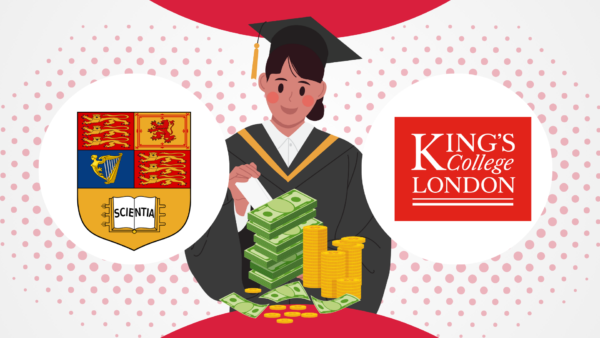
Costs, academics, and campus facilities are important considerations when comparing Imperial College London Vs King’s College London. Both are public universities, which are generally less expensive than private institutions.
One of the most significant benefits of studying in the United Kingdom is the shorter duration of degree programmes. Bachelor’s degrees (except in Scotland) typically take three years, whereas most master’s programmes take only one year. This allows students in the UK to save on tuition fees and living expenses compared to countries like the United States, Canada, Australia, or New Zealand, where degree programmes often take longer to complete.
| Annual Rates | KCL | Imperial |
| Tuition (Bachelors) | UK students – £9,250 International – £35,800 |
UK students – £9,250 International – £38,000 – £45,000 |
| Tuition (Master’s, not including professional programs) | UK: £12,500 – £40,000 International: £28,000 – £50,000 |
UK: About £17,000 – £25,000 International: £45,000 |
| MBA Tuition | £49,900 (EMBA) | £67,500 |
| Housing (On-Campus) | About £12,000 | £6,800 – £17,300 |
| Food | About £2,700 | About £3,000 |
| Off-Campus Housing | £11,300 – £18,500 | Around £12,000 |
| Types of Financial Aid | 1. Loans and grants 2. Scholarships and Bursaries 3. Hardship funds |
1. Scholarships (merit-based, open to both UK and international students) 2. Bursaries (need-based, mostly open to UK students) |
| For international students | Most bursaries are open only to home students. Overseas students can apply for various department specific scholarships that are awarded based on merit, or can also apply for external scholarships. | |
They offer various financial aid options, but students should research specific scholarships for their programs. Additionally, tuition fees do not cover other costs, such as books, insurance, and living expenses.
King’s College vs Imperial College: Career Prospects and Alumni Network

The career support provided by universities can significantly influence post-graduation success. Both universities enjoy high graduate employability rates, with many students securing jobs within six months of graduation.
Employment Rates
As two of the most highly sought-after universities in the UK and in Europe, both Imperial and King’s have high graduate employability rates and are ranked highly on the employability scale. The Guardian League Table scores Imperial with 96 and King’s College with 89 on a scale of 100 when it comes to career after 15 months of graduation. While KCL has a graduate employability rate of about 87% (6 months after graduation), Imperial has a 94% employment rate, and Imperial graduates have average starting salaries that rank among the highest in the country.
Notable Alumni
Notable Alums from King’s College London include
- Thomas Hardy, Novelist and poet
- Sarojini Naidu, Indian Freedom fighter, political activist, and poet
- Arthur C Clarke, a science fiction writer
- Virginia Woolf, Writer
- Desmond Tutu, Anti-Apartheid human rights activist
- Peter Higgs, Theoretical Physicist
- Florence Nightingale, Founder of modern nursing
Notable Alumni from Imperial College
- Prince Albert, Consort of Queen Victoria
- Sir Alexander Flemming, discoverer of penicillin
- Brian May, lead guitarist of Queen
- Rajiv Gandhi, Former Prime Minister of India
- Dennis Gabor, Nobel Laureate in Physics
- John Fleming, Electrical engineer
Career Services
Imperial College London and King’s College London offer comprehensive career services to support students in building successful careers through internships, placements, and skill development opportunities.
At Imperial College, the career centre connects students with internships, employment opportunities, and potential employers through various events such as job fairs and seminars. The centre helps students develop leadership and specialised workplace skills, provides resources for clarifying career aspirations, and offers support throughout the job search process. Imperial also provides placement years and apprenticeship options, where students can gain hands-on experience through summer internships or year-long placements.
King’s College London (KCL) offers similar support through its King’s Careers & Employability service. This department provides career coaching, CV and interview preparation, and workshops on career planning. KCL also emphasises work-based learning through internships, placements, and work-based projects, particularly in finance, healthcare, and technology. The university hosts career fairs and networking events that connect students with top employers. It also offers online tools and job portals to access job postings and career resources. Additionally, KCL offers the King’s Leadership & Professional Skills Award, which helps students develop leadership and employability skills through extracurricular activities.
Both universities’ career centres ensure students are well-prepared for the job market, providing essential tools and opportunities to enhance their career prospects.
King’s College London vs Imperial College London: Conclusion

Choosing between two top universities, Imperial College London and King’s College London ultimately depends on individual priorities and academic goals. While both institutions are renowned for their quality of education and research opportunities, they offer unique experiences that cater to different needs.
Here is a summary of the key similarities and differences that can help you choose between the two.
- While both universities are among the top ten in the UK, Imperial is a better choice for science, engineering, technology, mathematics, and business related fields as the school specialises only in these disciplines, in addition to medicine. King’s College has a better reputation for business, law, social sciences, nursing and politics, among others.
- KCL is one of the largest colleges in the UK with multiple faculties while Imperial is known for its niche areas.
- It also means that KCL has more options to choose from as it operates on a full academic spectrum while Imperial is limited to a few choice disciplines.
- Imperial is marginally more expensive when compared to KCL but at the same time, its reputation and quality of STEM and Business programs are unbeatable.
- Imperial does not consider standardised tests such as SAT or ACT but has its own entrance tests for some of its programs. King’s is test optional.
- Both universities offer various options for scholarships and accommodation for both home and international students.
- London is a better city for networking, socialising, and future career prospects but it is more expensive than living in smaller college towns.
FAQ’s
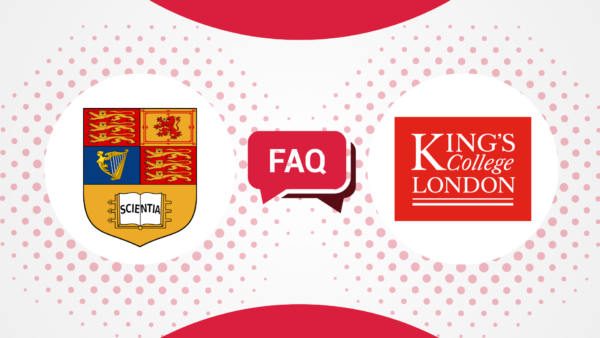
Which university is better for international students?
King’s College London (KCL) and Imperial are world-leading colleges with significant international student populations and extensive support services. However, their strengths may differ depending on specific programs. Imperial is often compared to institutions like the University of Oxford, while King’s is compared to universities such as the London School of Economics (LSE) and Cambridge. Ultimately, the best choice depends on the student’s field of study and personal preferences.
Can I apply to multiple universities?
Yes, students can apply to multiple universities in the UK. For undergraduate applications, the UCAS system allows students to apply to up to five universities, including top institutions like Edinburgh, UCL and Imperial College London, with a single application. It’s essential to keep in mind the application deadlines for each university.
Are scholarships available for international students?
Yes, both universities offer a variety of scholarships for international students. Each university’s website contains detailed information about eligibility, application deadlines, and scholarship amounts. Students are encouraged to explore these options early to ensure they meet the requirements.
Is King’s College better than Imperial College?
KCL and Imperial College London rank among the top 10 universities in the UK and are highly respected globally. While KCL is influential in humanities, social sciences, and law, Imperial is renowned for its excellence in science, engineering, and technology. Deciding which is “better” depends on individual preferences such as program offerings, teaching style, and campus environment.
Can King’s College or Imperial be considered Ivy League?
Generally speaking, the Russell Group of Universities in the UK can be compared to Harvard, Princeton, Yale, and the other Ivies in the United States. That said, Oxford, Cambridge, UCL, and Imperial are generally deemed comparable to Harvard.
Is Imperial College London hard to get into?
Admission to Imperial is highly competitive, especially for science and technology programs. The acceptance rate is around 25%, but it can be as low as 11% for its most sought-after courses. Strong academic performance and a solid application are crucial for increasing the chances of admission.
Is King’s College better than UCL?
Both universities are highly prestigious, but University College London (UCL) generally receives more applications and ranks globally in many metrics. King’s College London also holds a top 10 position in the UK, and the decision between the two often comes down to personal factors like course offerings, campus culture, and academic interests.
What are some of the other good universities in the UK?
Looking beyond Oxford and Cambridge, you can also consider University College London (UCL), Imperial College London, the University of Birmingham, the University of Manchester, the University of Bath, University of Exeter, University of Liverpool, University of Nottingham, University of Sheffield, or the University of Warwick, depending on your preferences.

Compare more universities in UK
-
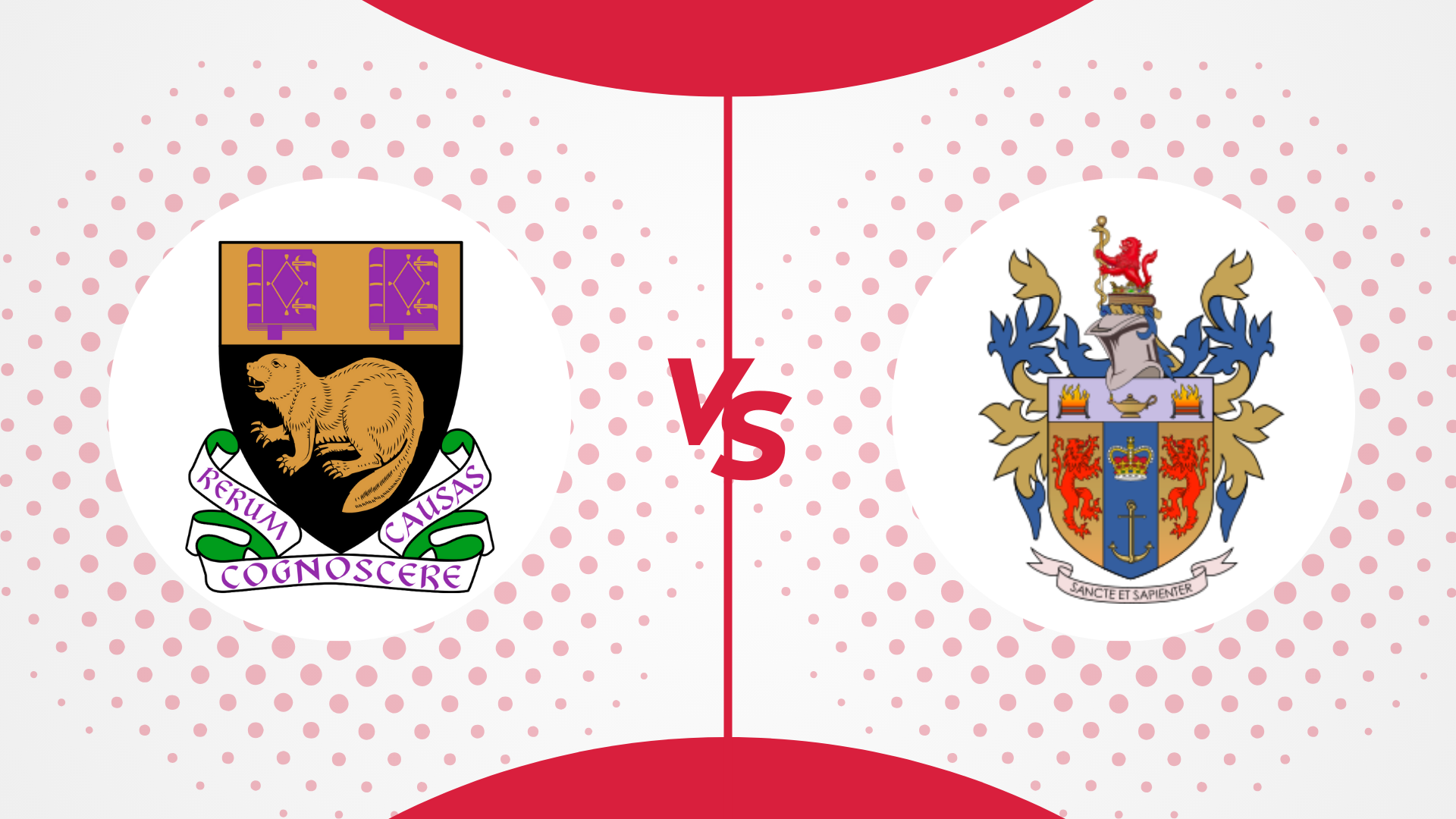
London School of Economics vs King’s College: How Do They Compare? [2025]
July 25, 2025 -
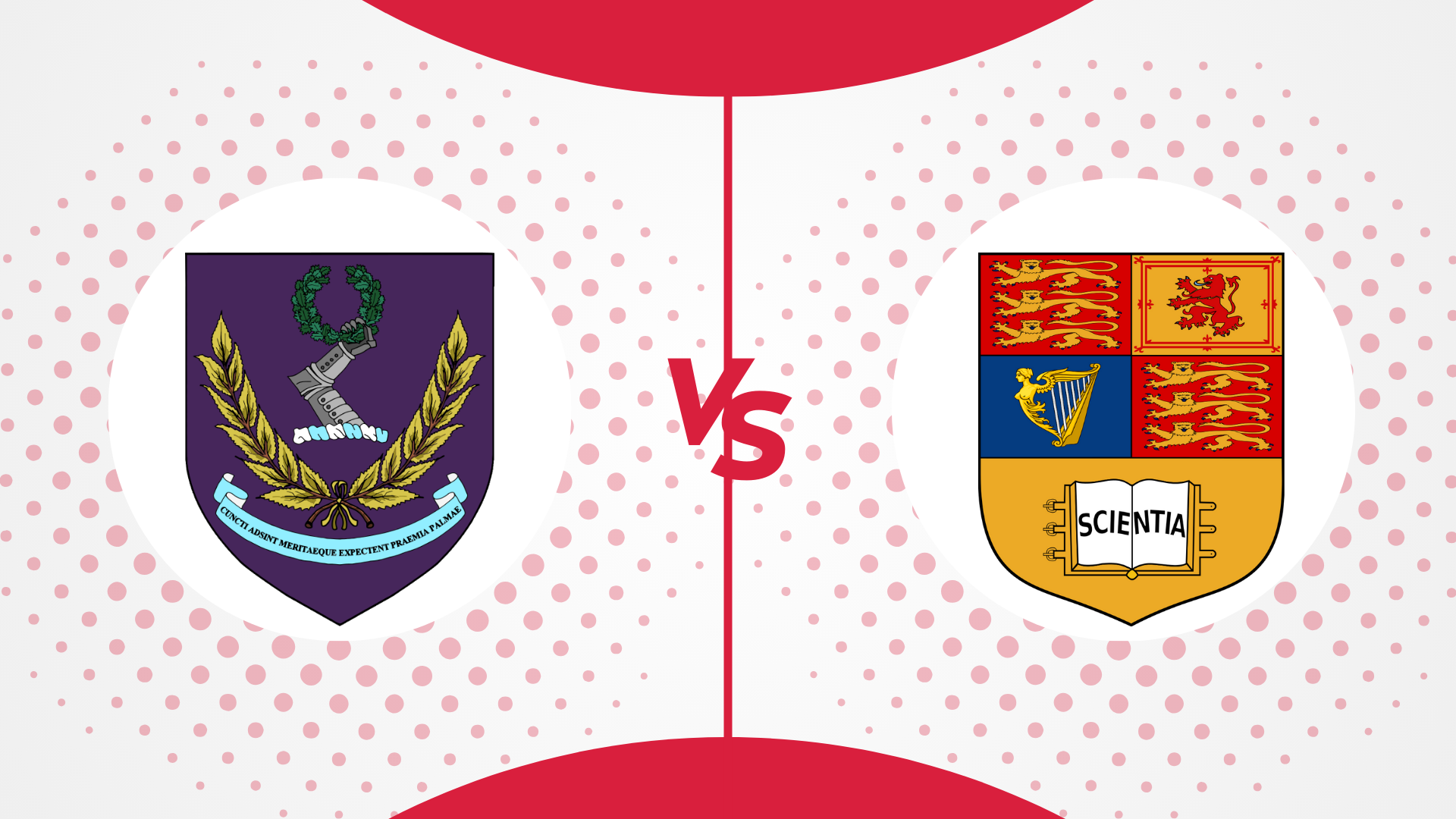
UCL vs Imperial: How Do They Compare? [2025]
July 23, 2025 -
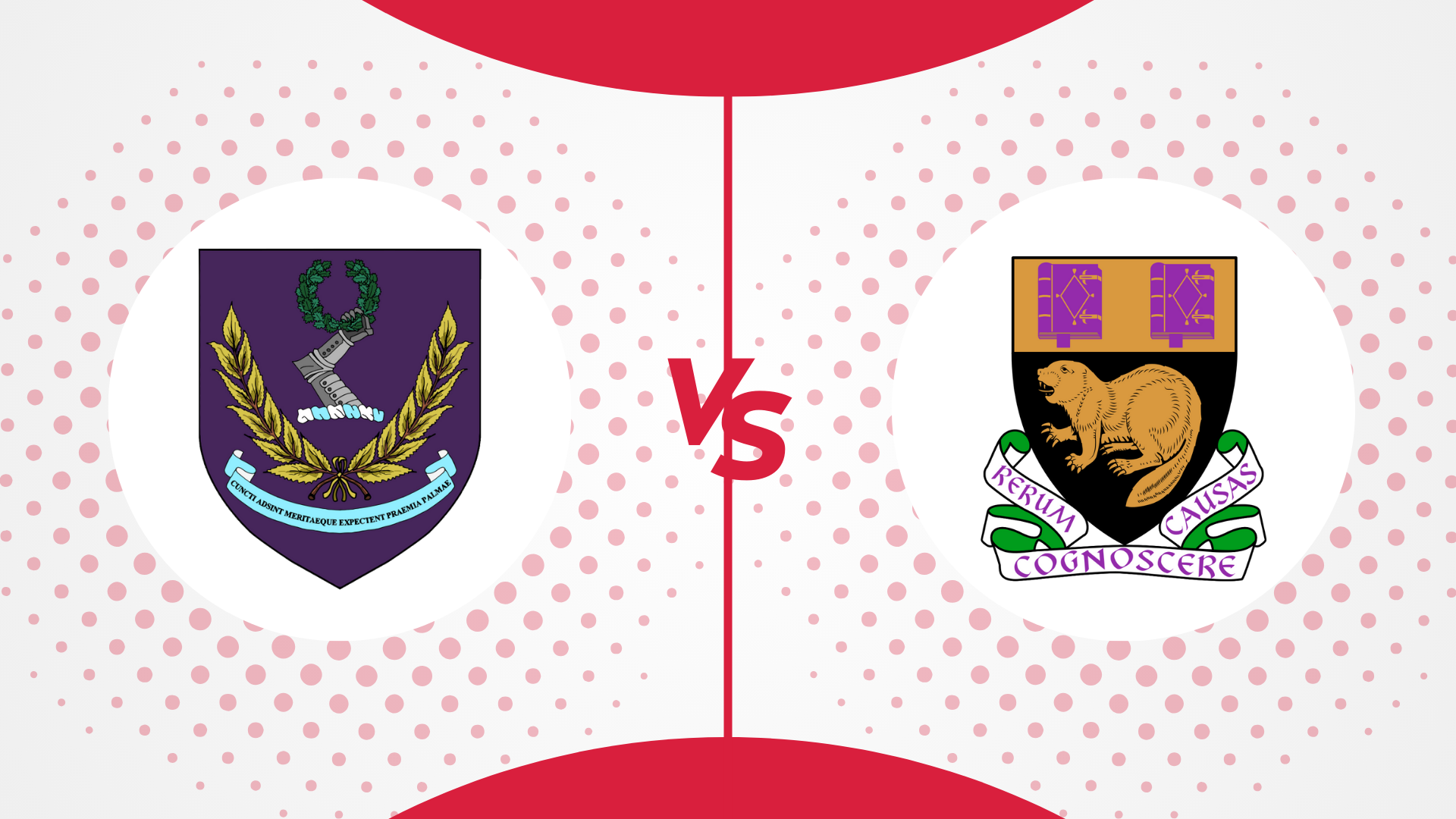
UCL vs LSE: How Do They Compare in 2025?
November 19, 2024 -

Nottingham University vs Nottingham Trent: How Do They Compare? [2025]
November 19, 2024 -
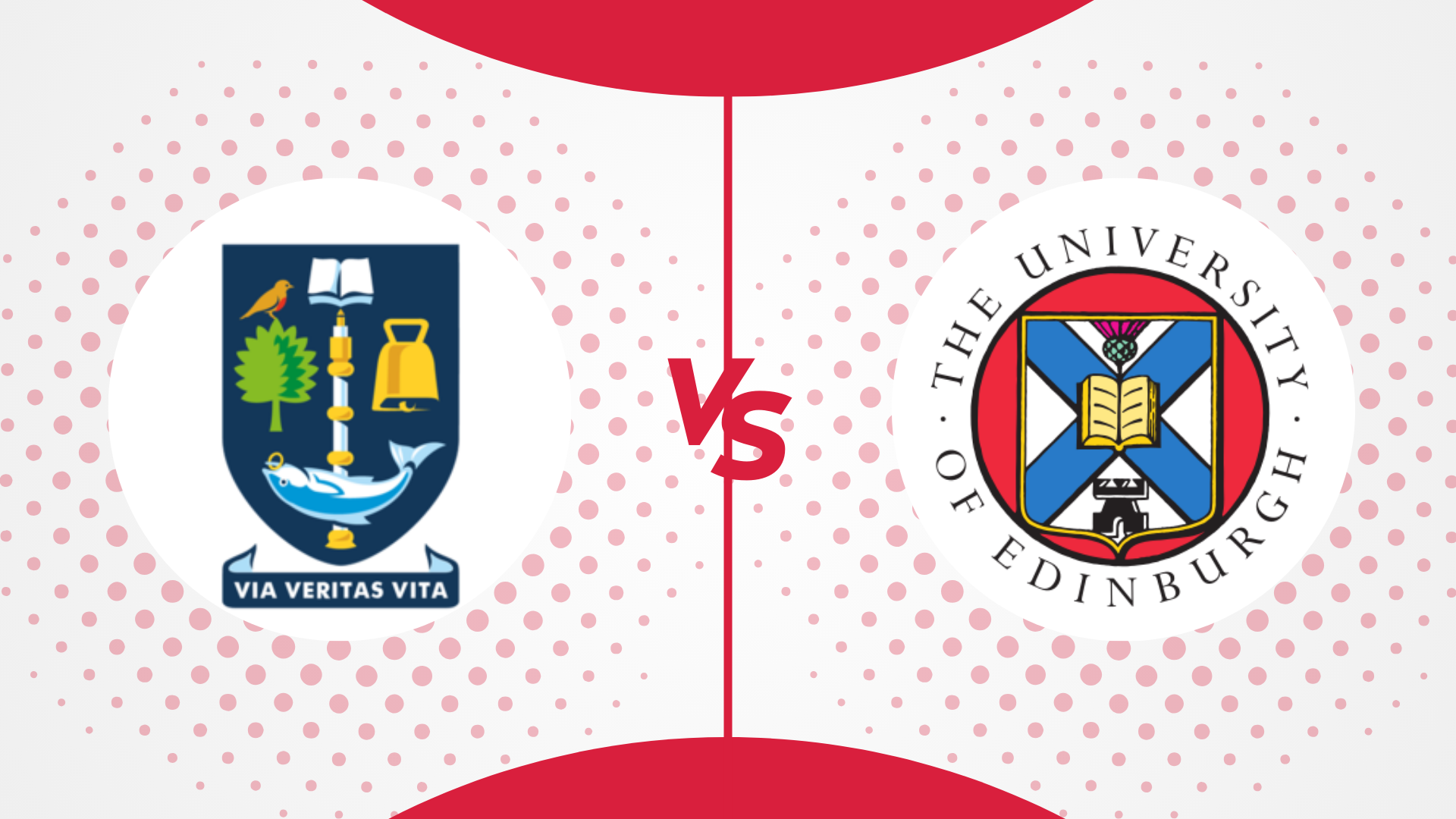
Glasgow University vs University of Edinburgh: How Do They Compare? [2025]
November 19, 2024 -

University of Edinburgh vs King’s College London: How Do They Compare? [2025]
November 7, 2024 -

Durham University vs Glasgow University: How Do They Compare? [2025]
November 6, 2024 -

London School of Economics Vs London Business School: How Do They Compare? [2024]
October 26, 2024 -

LSE vs Oxford: How Do They Compare? [2024]
October 8, 2024 -

Durham vs Warwick: How Do They Compare? [2025]
September 27, 2024
